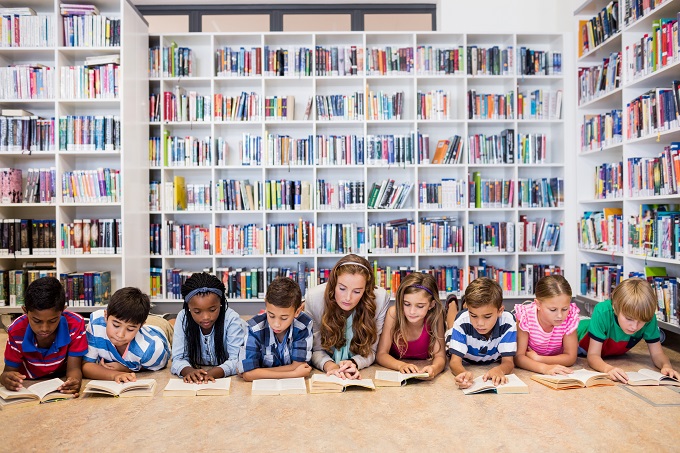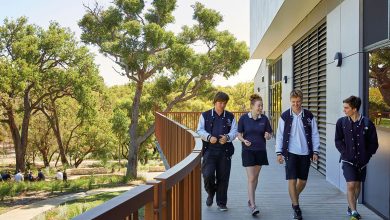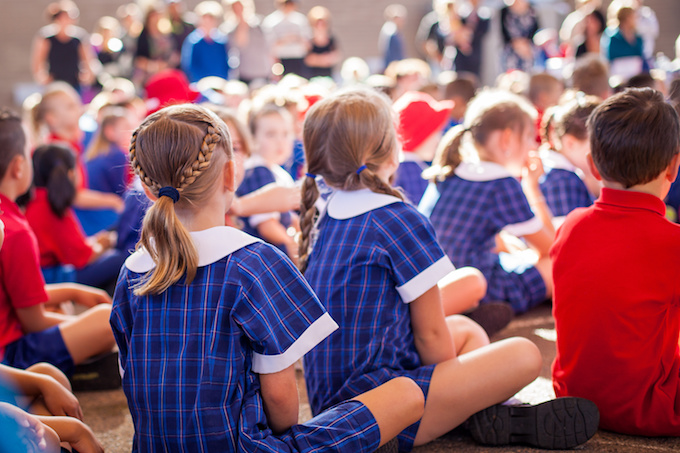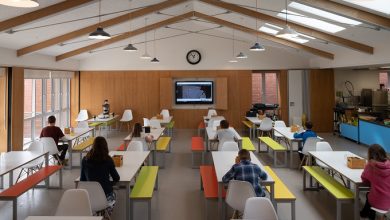Healthy, sustainable beverage options for the staffroom

Water is a fundamental requirement for life: it feeds our cells, flushes out our pulmonary systems and research shows that even slight dehydration can reduce cognitive function in school students, chances are same goes for teachers.
A study conducted by Ghetti, S. et al. tested the hypothesis that “changes in hydration status throughout the day may affect cognitive performance with implications for learning success in the classroom”. The study was published in academic journal, Appetite, in an article titled ‘Hydration status moderates the effects of drinking water on children’s cognitive performance’.
The study involved 52 children aged between nine and 12 years, and tested the following hypothesis: ‘does the benefit of drinking water on working memory and attention depends upon children’s hydration status throughout the day’. It seems that it does. The results suggested that “focusing on adequate hydration over time may be key for cognitive enhancement”. The study also found that “changes in hydration status throughout the day may affect cognitive performance”.
While the study was conducted with children, the implications are clear for the entire school community. Adequate hydration is vital to ensure students and teachers give their brains the best chance of succeeding at the important work of teaching and learning, and the best way to hydrate is with water. Bubblers and water fountains are dotted over most school grounds, but teachers don’t always have time to seek them out, nor the desire to bend at the waist to take a drink amidst a robust game of ‘tiggy’.
To work out how to keep every demographic in the school community consistently hydrated, we called upon Peter Molloy of BIBO Water for some industry insight on what’s possible for schools.
Industry view
Cognisant of the importance hydration for concentration, schools strive to supply a steady stream of good quality water for their staff and students – with cooling options for those hot Australian summer terms. Solutions range from bottled water stocked in tuckshops, to bubblers and water coolers integrated into school water systems. Government bodies are increasingly encouraging the installation of UV filtration systems, in schools where ‘town water’ is not an option. How that water is dispensed will vary according to budget, where the facility is located, and who is using it. BIBO Water supplies a low cost, convenient solution for water provision in school offices, staffrooms, and other common areas on campus.
Schools can acknowledge their teachers’ hard work by kitting out their staffroom with the same sort of instant hot and cold water dispensing unit commonly found in commercial offices.
Peter Molloy of BIBO Water says options for staffroom drinking water can vary but “a ‘water bar’ style unit; a compact, countertop water dispenser that provides filtered, purified, chilled, warm, and boiling water at the touch of a button” is ideal for meeting the refreshment and rehydration requirements of busy teachers with short lunch breaks and a great need for tea and coffee!
So how does it work? The machine is plumbed into the mains supply using flexible quarter-inch pipe; drainage plumbing is not required due to a removable drip tray, which can be emptied. “The water passes through a 1.0-micron multi-stage carbon filter, which removes tastes, odours, chemicals (such as chlorine), heavy metals (such as lead), and microorganisms, such as giardia and cryptosporidium. “The water then splits off to either the hot or cold tank where it is exposed to ultraviolet light from a UV lamp inside the tank to prevent regrowth of micro-organisms.
The option also suits communal areas such as year 12 common room, or a communal kitchen within a boarding school. The units are also portable, and with schools open their facilities to host special events and conferences, no extra water catering is required.
In light of the ever-present budgetary concerns of school boards and finance departments, Mr Molloy says the option is highly cost- efficient: “You should expect your staffroom water bar to last you up to ten years, depending on level of use, with a filter change only twice a year.”
Considering the sustainable focus of school curricula, energy saving features, like a sleep mode for times the machine is not in use, will align with a school’s sustainability efforts. In fact, “the units use less energy and waste far less water than boiling a kettle many times a day,” he added. And we all know how often teachers boil that kettle.
And finally, replacing soft drinks at the canteen and eradicating those vending machines with sugary drinks is paramount to creating a healthy water drinking school culture. It’s about making that healthy living culture pervasive throughout the school. Bubblers all over the school sends a great message to students, but if your teachers are walking around with cans of coke, mixed messages are inevitable. Mr Molloy says water bars are well suited for teaching and administration staff areas, providing support for hardworking teachers to stay hydrated and recharge their batteries with healthier beverage options: “It’s also important to note that every glass of water from a water bar is one less PET plastic water bottle polluting our precious environment.”







